
过去时:
2)过去时常与具体的时间状语连用,而现在完成时通常与模糊的时间状语连用,或无时间状语。
一般过去时的时间状语: yesterday, last week,…ago, in1980, in October, just now, 具体的时间状语 共同的时间状语: this morning, tonight,this April, now, once,before, already, recently,lately )现在完成时可表示持续到现在的动作或状态,动词一般是延续性的,如live, teach, learn, work, study, know. 过去时常用的非持续性动词有come, go, leave, start, die, finish, become, get married等She has returned from Paris. 她已从巴黎回来了。 She returned yesterday. 她是昨天回来了。
1) 概念:表示过去的过去 —-|——-|—–|—->其构成是had +过去分词构成。 那时以前 那时 现在
2) 用法
a. 在told, said, knew, heard, thought等动词后的宾语从句。 She said (that) she had never been to Paris.
b. 状语从句 在过去不同时间发生的两个动作中,发生在先,用过去完成时;发生在后,用一般过去时。 When the police arrived, the thieves had run away. c. 表示意向的动词,如hope, wish, expect, think, intend, mean, suppose等,用过去完成时表示”原本…,未能…” We had hoped that you would come, but you didn’t.
3) 过去完成时的时间状语before, by, until , when, after, once, as soon as。
这两种时态学生很容易混淆,因为它们据描述的动作都是过去发生的。那么我们应当怎么去区别开它们呢? 它们的主要区别在于:
一般过去时一般只出现一个表过去的时间,而过去完成时则应出现两个表过去的、有先后时间或动作!
1. 一般过去时表示说话人关心过去某动作发生的“时间”,所以往往有表过去的时间!如有two days ago, last week, yesterday等等。 He came here two years ago. We played basketball last week.
2.过去完成时则主要体现过去发生的两动作的先后有别,表达的是“过去的过去”,即比过去发生的某动作都还要“过去”,两动作中先发生的就用过去完成时,后发生的则只用一般过去时。运用过去完成时的句子往往有两过去的时间或动作,一定要注意这点哟!
Mr Green had lived in New York for ten years before he came to China.(“来”中国已过去,而先前“住”在纽约更过去!)
We had learned 1000 words by the end of last term. (“上期期末”已过去,而是在其前“学”的就更过去了!)









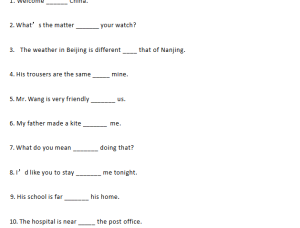

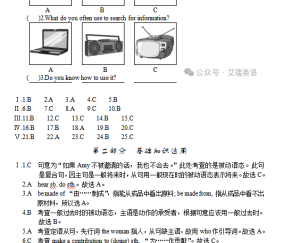
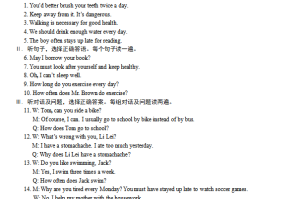


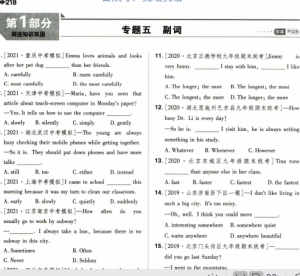
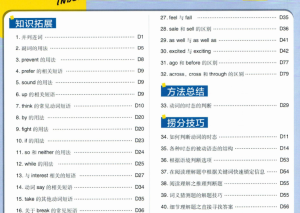
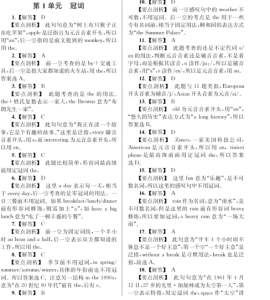
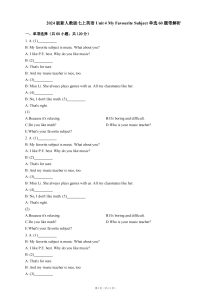


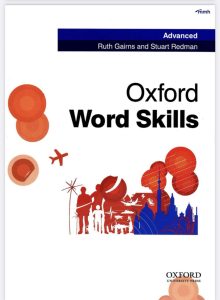
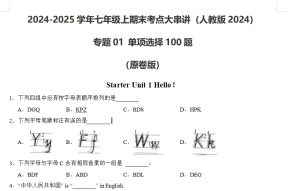
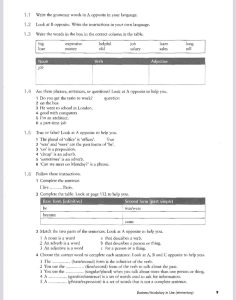


暂无评论内容